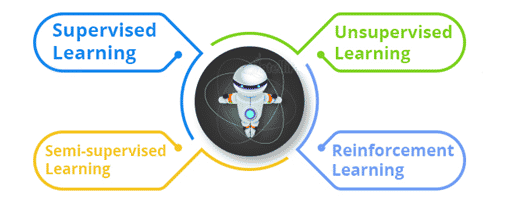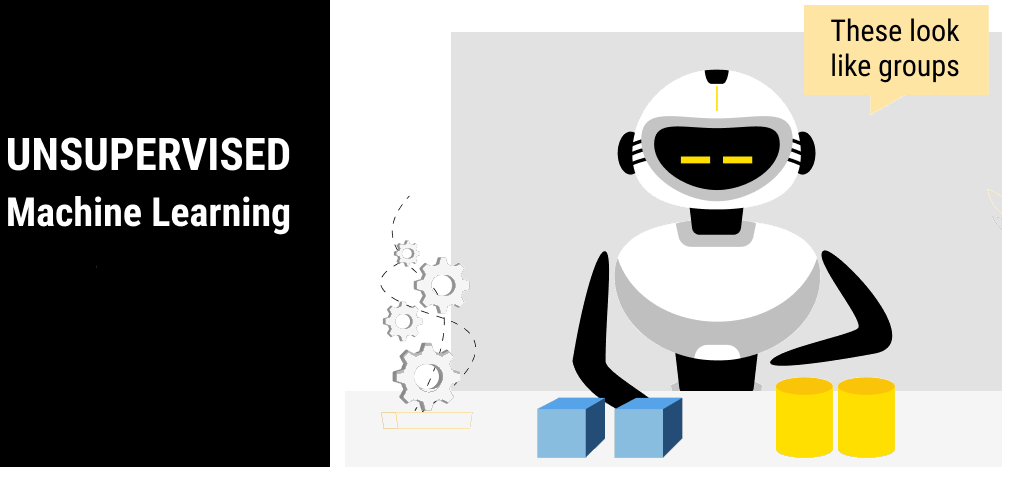Choose AI/ML Algorithms Very Efficiently
Choose AI/ML Algorithms Very Efficiently
20 June 2023
The world is getting smarter every day, to keep up to date and satisfy consumer expectation tech companies adapting machine learning algorithms to make things easy but choosing a machine learning algorithm is always a tedious job for techies, there are lots of algorithms present for different kind of problems and we can use this for tackling things in different ways.
The machine learning algorithm’s main goal is to inspect the data and find similar patterns between them, and with that, make detailed predictions. As the name implies, ML algorithms are basically calculations prepared in different ways.
We are creating data every day; we are just surrounded by data in different formats. It comes from a variety of sources: business data, personal social media activity, sensors in the IoT, etc. Machine learning algorithms are used to extract data and turn it into something useful that can serve to automate processes, personalize experiences, and make difficult forecasts that human brains cannot do on their own.
Choosing algorithms solely depends on your project requirements. Given the type of tasks that ML algorithms answer, each type trains in absolute tasks, taking into consideration the limitations of the knowledge that you have and the necessities of your project.
Types of AI/ML Algorithms


Different types of machine learning algorithms are:
- Supervised learning
- Unsupervised learning
- Semi-Supervised learning
- Reinforcement learning
Supervised ML algorithm:
This is the most popular ML algorithm because of its flexibility and comprehensiveness, and it is mostly used to do the most common ML tasks. It requires labeled data.


Supervised knowledge depends on supervision; we train the machines utilizing the branded dataset and establish the training; bureaucracy thinks about the output. It allows you to collect data from previous experiences. Helps you improve performance tests using occurrence.
Unsupervised ML algorithm:
Unsupervised learning is typically achieved by using unsupervised machine learning techniques. Using unsupervised algorithms, you can handle problems differently than with supervised algorithms and operate in more complicated ways. Unsupervised learning, however, could be more irregular than the subsequent deep learning and support learning patterns based on natural input.


There are three main tasks in Unsupervised learning, such as:
- Clustering: It is a data mining technique used for grouping unlabeled data based on similarities between them.
- Association: It uses different rules to find relationships between variables in a given dataset. These plans are frequently secondhand for advertising basket studies and recommendation transformers.
- Dimensionality Reduction: It is used when the number of features in a dataset is too high. It reduces the number of data inputs to a controllable size while more maintaining the dossier honor. Often, this technique is secondhand in the preprocessing dossier stage, in the way that when autoencoders erase noise from being able to be seen with eyes dossier to boost picture quality.
Semi-Supervised ML algorithm:
When you are using a training dataset with both labeled and unlabeled data or you can’t decide on whether to use supervised or unsupervised algorithms, Semi-Supervised is the best choice in that case.


Reinforcement ML algorithm:
Reinforcement knowledge algorithms are mostly based on dynamic compute methods. The idea behind this type of ML treasure is to compare investigation and exploitation.
Other machine learning algorithms used mapping middle from two points of recommendation and productivity, Unlike directed supervised placement, where the feedback supported by the power is correct set of conduct for performing a task, support education uses rewards and penalties as signals for helpful and negative behavior.
Conclusion
Choosing an ML algorithm is apparently a complex task, particularly if you don’t have a far-reaching background in this field. However, knowledge about the types of algorithms and the tasks that they were created to resolve and solving a set of questions might help you resolve this complication. Learning more about machine learning algorithms, their types, and answering these questions might lead you to an algorithm that’ll be a perfect match for your goal.


